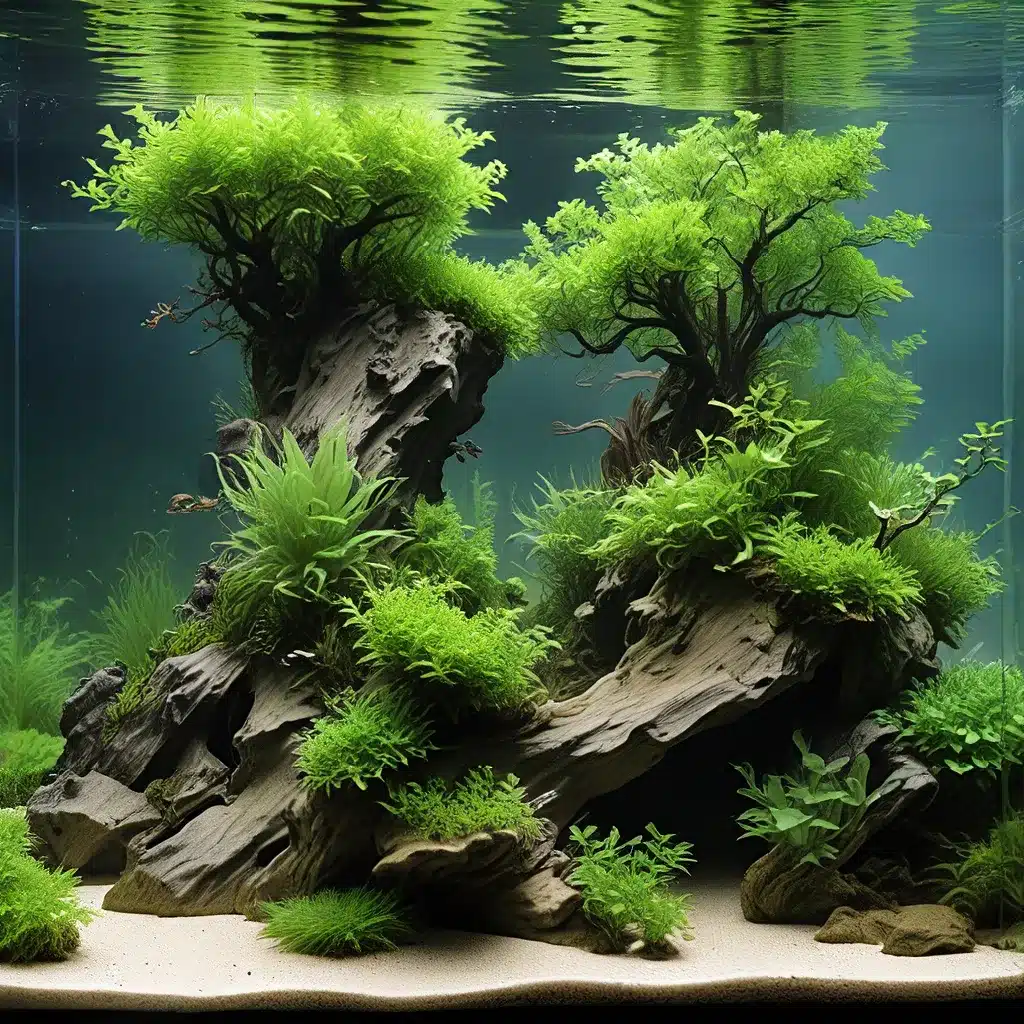
Unlocking the Art of Aquascaping
Aquascaping, the intricate design and arrangement of aquatic plants, rocks, and other elements within an aquarium, is a captivating and rewarding aspect of the aquarium hobby. Whether you’re a seasoned enthusiast or a newcomer to the world of aquariums, mastering the principles of aquascaping can transform your underwater oasis into a true work of art.
In this comprehensive guide, we’ll delve into the essential techniques and considerations that will help you create stunning, nature-inspired aquascapes that not only captivate the eye but also provide a thriving environment for your aquatic inhabitants.
Laying the Foundation: Aquarium Setup and Plant Selection
Successful aquascaping begins with a well-planned and executed aquarium setup. Choosing the right tank size, substrate, and filtration system are crucial first steps. King Aquarium offers a wide range of high-quality aquarium equipment and supplies to help you build the foundation for your aquascaping dreams.
Plant Selection: The heart of any aquascape lies in the choice and arrangement of aquatic plants. From lush, green carpets to towering centerpieces, the plants you select will determine the overall aesthetic and functionality of your underwater landscape. Research the growth habits, light and nutrient requirements, and compatibility of different plant species to ensure a harmonious and thriving aquascape.
Mastering Aquascaping Techniques
Hardscape Placement and Design
The non-living elements of your aquascape, known as the hardscape, play a crucial role in establishing the visual balance and flow of your underwater scene. Carefully positioned rocks, driftwood, and other decorative materials can create a sense of depth, direction, and natural beauty.
Experiment with different hardscape arrangements, considering the rule of thirds, focal points, and the use of negative space to guide the viewer’s eye through your aquascape. Prioritize the placement of larger, more prominent elements first, then fill in the gaps with smaller accents.
Planting Strategies and Arrangement
The placement and arrangement of your aquatic plants are essential to creating a visually captivating and ecologically balanced aquascape. Utilize various planting techniques, such as the Iwagumi style, Dutch style, or Nature Aquarium style, to achieve your desired aesthetic.
Pay attention to plant growth habits, height, and color to create a harmonious composition. Arrange taller plants at the back, with a gradual decrease in height towards the front, to enhance the illusion of depth. Use contrasting colors and textures to add visual interest and guide the viewer’s eye through the aquascape.
Advanced Aquascaping Techniques
As you progress in your aquascaping journey, explore more advanced techniques to take your underwater masterpieces to the next level. Dry Start Method (DSM) and Emersed Growth allow you to establish a lush, carpeted foundation before submerging your aquascape, while Aquaponics and Paludarium setups integrate terrestrial and aquatic elements for a truly unique aquascaping experience.
Experiment with different substrate materials, such as Aqua Soil or Gravel, to provide optimal conditions for plant growth and root development. Incorporate CO2 Injection systems to enhance photosynthesis and promote robust plant health.
Water Management: The Lifeblood of Your Aquascape
Maintaining optimal water quality is essential for the long-term success and aesthetics of your aquascape. Develop a comprehensive water management strategy that addresses parameters like temperature, pH, and nutrient levels.
Regular water testing and partial water changes are crucial to ensuring a stable and thriving aquatic environment. Invest in high-quality filtration and water circulation systems to keep your aquascape clean, oxygenated, and free from unwanted algae growth.
Embracing the Journey of Aquascaping
Aquascaping is an ever-evolving art form, where patience, experimentation, and a deep appreciation for the natural world intersect. Embrace the process, learn from your successes and failures, and find inspiration in the vibrant aquascapes of the aquarium community.
By mastering the techniques and principles outlined in this guide, you’ll be well on your way to creating captivating, nature-inspired aquascapes that will not only delight the eye but also provide a thriving, sustainable environment for your aquatic inhabitants.

